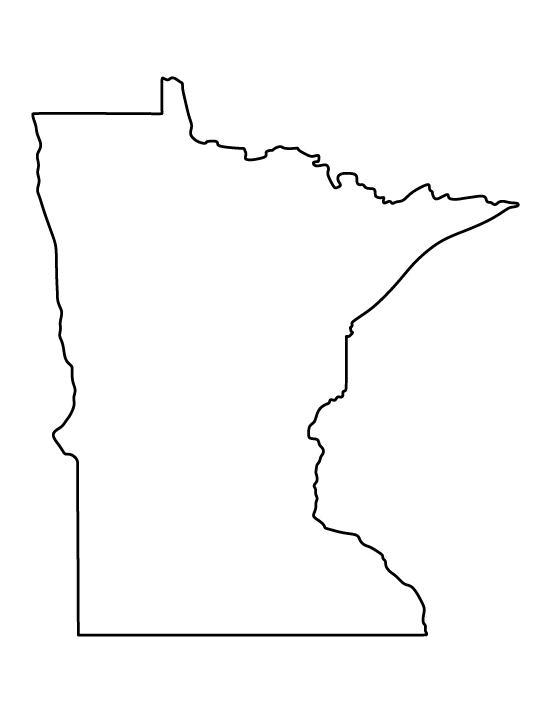Minnesota
Inventors Hall of Fame


Daniel F. Przybylski
(pronounced "Shi-bil-ski) (1917 - 1978) Self-educated, Daniel Przybylski invented trenching equipment that revolutionized the way ditches were dug in the 1940s. He never graduated from high school. He had an eighth-grade education, which for the time was common, but he had a quick mind. His further formal education was limited to night classes at the Dunwoody Industrial Institute and correspondence courses in welding. The lack of a diploma didn’t mean a lack of imagination, or a lack of business sense. Przybylski had the rare ability for inventing and marketing his ideas. He mastered an art most inventors never learn, that of making their inventions pay off.
Following a 2-year stint as a photographer/writer with the U.S. Army Airborne, he was hired as a draftsman at the Studebaker Corporation in Minneapolis. His creative nature moved him into engineering at Studebaker, where he conceived, developed and put into production an entire new line of frost-free refrigerators.
In 1966, Thorud was hired by Toro as a design engineer, where he remained for 34 years. He worked on many product designs and improvements. Some involved product convenience, such as his first major project – the development of the Toro "Key-lectric" starting system for walk-behind mowers (a feature that is still offered on Toro's current walk-behind mowers). One of his last projects at Toro was working as part of the development team for the Toro "Personal Pace" system that automatically self propels a walk-behind mower to the operator's walking speed. These features were unique for their time and so instantly popular that other manufacturers quickly copied them with their own versions.
His contributions often focused on enhancing product safety and environmental concerns. His pioneering work included the then-unique idea of devising tests to measure the safety of lawn mower designs, following by development of a signing a safer product, the Toro "Guardian" walk-behind mower. This included a rear safety shield foot guard, and the first use of safety labeling in the industry, both of which are now required by law on all mowers. It also incorporated features to cut down on thrown objects. His work in this area led to the development of industry safety standards for lawn mowers.
He created new mower deck designs that significantly improved mulching capabilities. He invented "kickers" (shaped elements placed inside of a mower's cutting chamber to direct clippings back down into the mower's blade for re-cutting). As a result, grass clippings are now much more effectively recycled back onto the ground through mulching (rather than being bagged). Today, mulching has largely replaced bagging as the dominant grass cutting practice throughout the nation.
Thorud also worked to reduce lawn mower gasoline consumption by developing ways to maintain excellence in grass-cutting at slower engine speeds. Other manufacturers followed, and walk-behind mowers now run at 3000 RPM instead of 3400 RPM, saving millions of barrels of oil and reducing hydrocarbon emissions.
Thorud originated the idea of curved blades on single-stage snow throwers, now common throughout the industry. His invention of the "Power Curve Rotor" dramatically advanced the performance and commercial viability of single-stage snow throwers, by shaping the rotor so that it would throw a tapered (converging) column of snow through a tapered chute of equal angle, drastically reducing frictional losses between the chute and the snow stream. This development made single-stage snow throwers more efficient at throwing snow, allowing for them to replace many of the more dangerous and more expensive two-stage snow blowers.
His position and product design freedom at Toro were a good fit. "Research and development was a revelation to me. I soon realized that I had found my true calling," Thorud said. "I now had the freedom to choose many of my own projects – and it became clear that this could be a platform to pursue causes that were larger than me – larger even than the company that I worked for. And so I chose product safety and the environment as my personal causes."
Ken Melrose, a former chairman of the board at Toro, called Thorud his "new product standard bearer, optimizing and balancing robust engineering designs with customer needs and outdoor preservation," high praise considering that the Toro company is a Fortune Company that has a network of distributors, dealers and retailers in 80 countries. Mr. Melrose noted Thorud achieved "success in not only invention, but also in teamwork" which "came from his humility, tenacity and perseverance, and empathy and drive for win-win solutions."
Thorud's artistic side was a key component in his product design work for Toro. Larry Buckley, a patent attorney at Toro, recalls that Thorud was an "old school" engineer, in that he would often use modeling clay in his office to make product models that he used to help explain this inventions and product design innovations.
In addition to his proven record as an inventor, Thorud is an accomplished artist who has exhibited works at the Minneapolis Institute of Arts, the Walker Art Center, the University of Minnesota, and the Minnesota State Fair Annual Fine Arts Exhibition.
NOTE: This short biography has been compiled from information in the nomination form submitted to the Minnesota Inventors Hall of Fame, selected quotations from the named individuals, and information obtained from a variety of other sources.